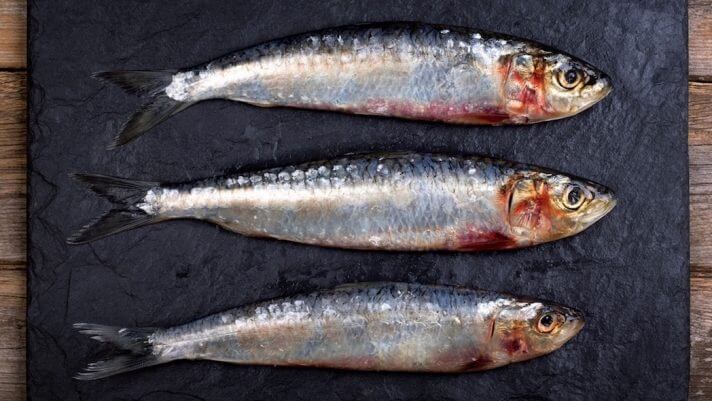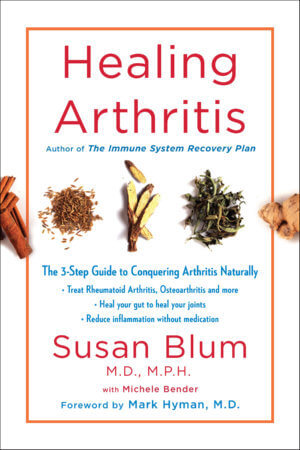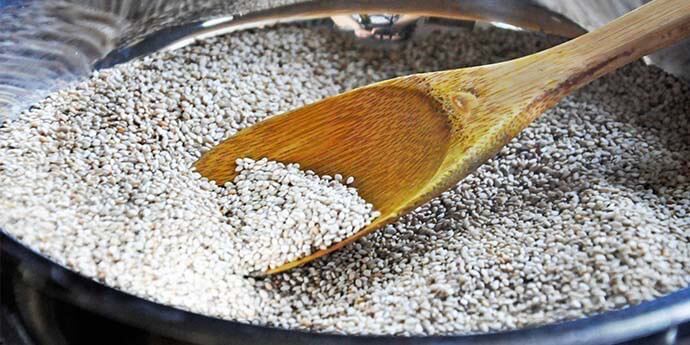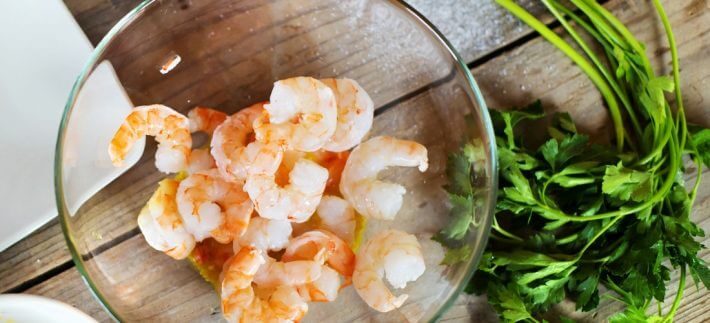
By Susan Blum, MD
Are you concerned about your exposure to mercury from the food you are eating? If you eat fish at all, then you should be. This can be confusing, but is very important because mercury can cause autoimmune disease and other health-related problems. That is why I decided to dedicate our April newsletter to this topic…to shed some light on this issue and to help you decide what to eat, and what to do to protect yourself from this environmental toxin.
Where do you find mercury and what is it?
Mercury is part of a group of compounds called heavy metals. There are ‘good’ heavy metals like iron, cobalt, copper, manganese, molybdenum, and zinc. They are good because humans require these metals to function properly. However, keep in mind that these too can be toxic at excessive levels.
On the other hand, heavy metals such as mercury, lead, and plutonium are ‘bad’ toxic metals and if they accumulate in the body over time, can cause serious illness. For our purpose today, I will focus on mercury because there is plenty of data that explains what it does in the body and how we are exposed.
Where does Mercury come from?
There are 2 main sources of mercury that we are exposed to. First, mercury is released into the air from coal burning power plants and from volcanoes. After it settles in the oceans and soil, we end up eating it from the fish or plants or animals that grow and live in these places. The big fish eat the little fish, and the mercury bio accumulates, which means it gets more concentrated in the bigger fish.
The other main source of mercury is the vapor released from silver fillings. While this is somewhat controversial, there is enough evidence suggesting this is a real issue, and why I recommend replacing your fillings if possible.
There are also other places you can be exposed to mercury, like in the preservative of some vaccines, and old thermometers. But fish and silver fillings are the biggest problem.
How does mercury accumulate in your body and make you sick?
Your body was created with multiple detox systems in place to clear out the mercury you are exposed to. One of these, called the glutathione system, is very active in your liver and also in all the cells in your body. If you are exposed to more mercury than this system can handle, the mercury can build up in your body and cause damage to your nerves, thyroid, immune system (autoimmune disease, for example), and all the cells in your body by causing something we call oxidative stress. This simply means that you run out of the important antioxidants that your body needs to protect itself, resulting in free radicals created by the mercury that can then damage the tissues.
To protect your cells and tissues, it is critical that you keep your liver detox system in tip-top shape by eating lots of antioxidant-rich fruits and vegetables with plenty of color. In addition, you can take specific antioxidant supplements to boost your glutathione. Our favorite and most convenient way to do this is by taking our BlumBox Immune & Antioxidant Support Packets, created for just this purpose.
The next step is to support your liver and its ability to clear this metal out of your system. The best strategy is to do a liver detox program once or twice/year, and to make sure you are eating foods with selenium, sulfur (onions), cruciferous veggies, and lots of antioxidants.


